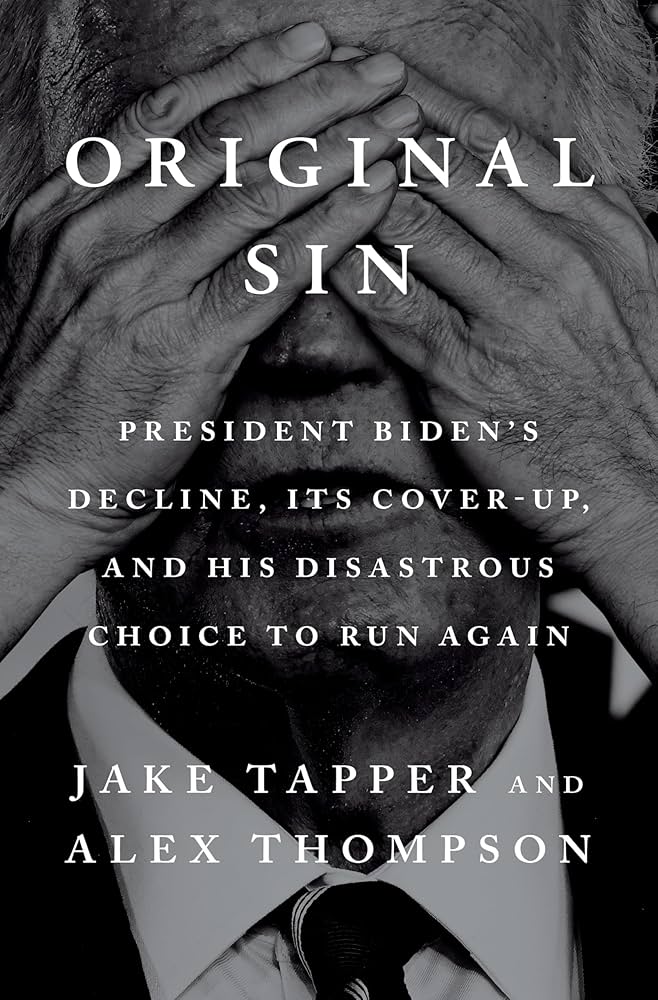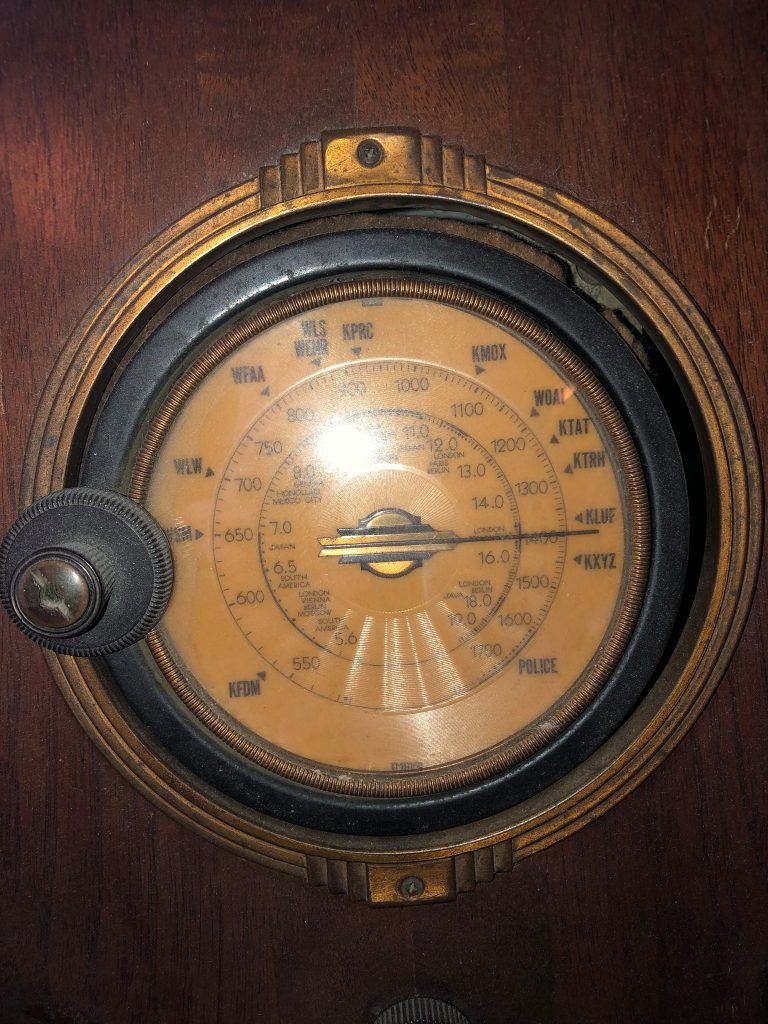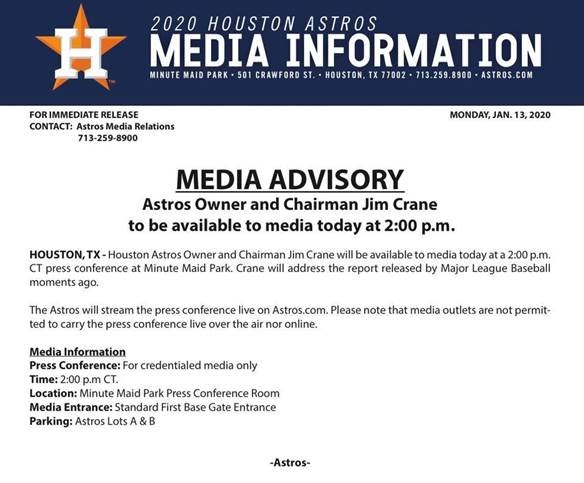While playing on the internet, I stumbled upon a book entitled “Driving Hunter Thompson (A SUNY Fredonia Memoir) by Ed Evans. The story involves three SUNY @ Fredonia students charged with bringing Hunter S. Thompson from the airport to speak at Dr. Richard B. Kline’s Press Institute, an annual event highlighted various journalists. Dr. Klein was a professor of English and Journalism at my alma mater.
I was fortunate enough to take several of Dr. Kline’s classes including News Writing and Editing and Opinion in Journalism. There is no way to describe Dr. Kline with a single word. He could be funny, crusty and very old school. He addressed male students by their last name only and added Miss of Mrs. when speaking to his female students.
His credentials were impeccable earning his bachelor’s degree from Harvard (where he wrote for the Harvard Crimson newspaper). He also earned a masters degree in English from Western Reserve University in Cleveland and a Ph.D. from Duke University.
Dr. Klein worked for the Cleveland Plain Dealer covering a variety of topics. He once proudly displayed a money clip he received from the Cleveland Indians when they made it to the World Series in 1954. When asked about whether is it was okay for a reporter to accept a gift from someone they covered, he said his editor was given a TV (a very valuable lesson for budding journalists).
He was relentless grading papers, often pulling an all-nighter to get them back to us before the next assignment. I swear there was more red than black ink when he gave me back my paper, but years later I came to understand he was making me a better writer.
Every year, Dr. Kline hosted a Press Institute, inviting nationally known journalists to speak to his students, the college community at large and anyone interested in learning about the fourth estate. People like Gloria Steinham, Carl Bernstein, Richard Reeves and Edwin Newman were all headliners his annual event.
He also had Daniel Schorr speak at the Press Institute after Schorr provided a classified report to the Village Voice for publication. CBS, who Schoor worked for at the time, was hesitant to publish the story setting off a major political and journalistic scandal. All in all, a very impressive who’s who of major journalists.
In the spring of 1977, Hunter Thompson accepted the invitation from Dr. Klein to speak about his thoughts on writing which featured a new term; “Gonzo Journalism”. Anyone who is familiar with Thompson’s work (“Fear and Loathing in Las Vegas”) understands how Thompson used a chainsaw instead of a typewriter to write his stories and books. He became the protagonist in the story, immersed as a first-person participant whose personal experiences and emotions are central to the narrative.
Evan’s book includes how Thompson was taking drugs and alcohol after landing at the Buffalo airport along with a memorable visit to the Fountain Grill, a popular bar where the locals hung out, to get in another drink before his appearance. I fondly remember the grill was across the street from the old WBUZ-AM where I did some shifts during the summer months, enjoying a draft beer for 25¢ and chatting with the old men from town.
I recall sitting in the large McEwen lecture hall on campus with a packed house, excited to hear what Thompson had to say. According to Evan’s book, Thompson’s contract for his appearance included a pitcher of ice, glass tumblers and a bottle of Wild Turkey so you can imagine the scene.
The informal format featured Dr. Klein asking questions to Thompson. I remember at one point him asking what he thought of his “hero” William Buckley to which Thompson replied, “Buckley is a fool.” While maybe not shocking today, at the time it felt crazy to be so out there (although I do recall a smattering of applauses to the response).
In the end, Thompson was taken back to the airport, and we were left wondering what we had just experienced. I have to admit, it opened my mind to think about journalism and writing in a whole new way. Suddenly, the normal who, what, when, why approach to a news just seemed boring.
It was no secret that Dr. Kline was conversative and traditional in his approach to journalism, yet he was not afraid to question where it was going and expose his students to see things from a different point of view. He was fearless in his approach to building a journalism department that SUNY @ Fredonia could be proud of and leave a legacy that continues to this day.
I can honestly say that Dr. Kline and Dr. Berggren (my advisor and radio professor) had a tremendous impact and role in helping me to enjoy a career in communications that was both rewarding and satisfying for which I am forever grateful.
Sadly, Dr. Kline passed away in 1987 of Parkinson’s disease, I just wish I could see his red line edits to what I wrote here and keep learning to author with clarity and purpose.










 “Original Sin”, a new bestselling book co-authored by CNN Anchor Jake Tapper and Axios journalist Alex Thompson delves into the cover-up about Joe Biden and the true nature of his mental and physical health.
“Original Sin”, a new bestselling book co-authored by CNN Anchor Jake Tapper and Axios journalist Alex Thompson delves into the cover-up about Joe Biden and the true nature of his mental and physical health.



